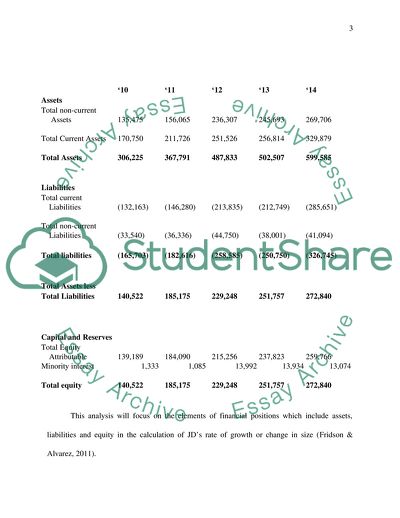Cite this document
(Evaluation report of the JD sports fashion plc Essay, n.d.)
Evaluation report of the JD sports fashion plc Essay. https://studentshare.org/finance-accounting/1869875-evaluation-report-of-the-jd-sports-fashion-plc
Evaluation report of the JD sports fashion plc Essay. https://studentshare.org/finance-accounting/1869875-evaluation-report-of-the-jd-sports-fashion-plc
(Evaluation Report of the JD Sports Fashion Plc Essay)
Evaluation Report of the JD Sports Fashion Plc Essay. https://studentshare.org/finance-accounting/1869875-evaluation-report-of-the-jd-sports-fashion-plc.
Evaluation Report of the JD Sports Fashion Plc Essay. https://studentshare.org/finance-accounting/1869875-evaluation-report-of-the-jd-sports-fashion-plc.
“Evaluation Report of the JD Sports Fashion Plc Essay”. https://studentshare.org/finance-accounting/1869875-evaluation-report-of-the-jd-sports-fashion-plc.


